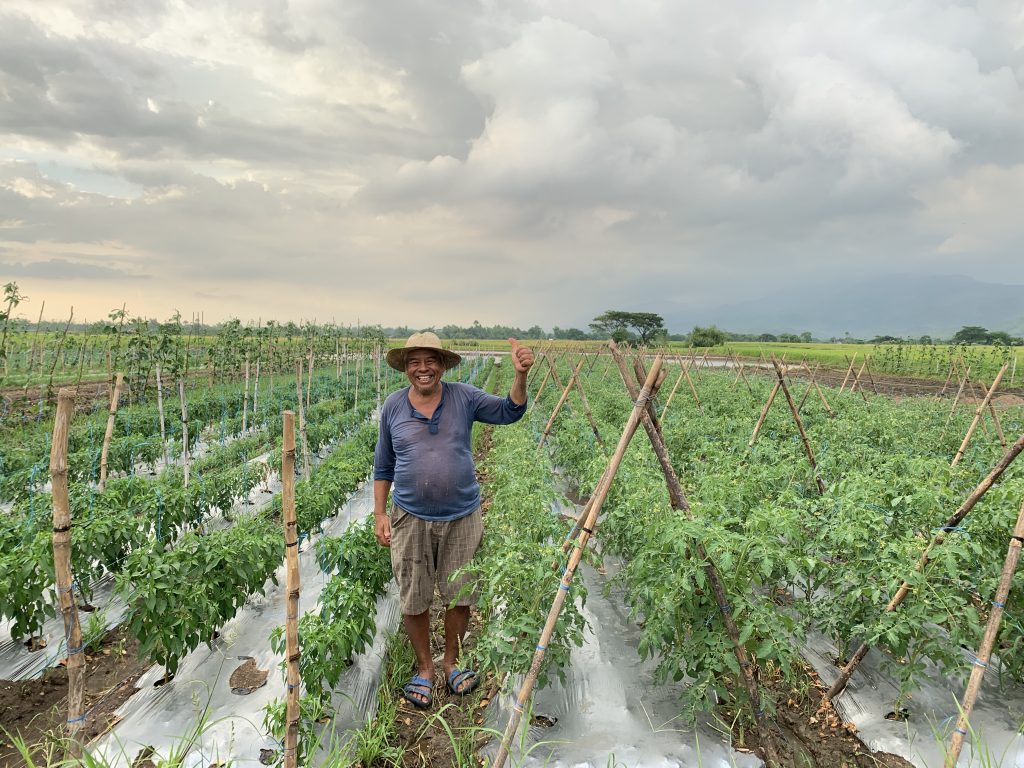
More than a thousand farmers, composed of 600 vegetable farmers, 240 rice-based farmers, and at least 500 households from Lupao, Nueva Ecija were introduced to vegetable production systems under the PAG-AHON Phase II Project.
Also known as the “Sa Palay at Gulay, may Ani, Hanapbuhay, Oportunidad, at Nutrisyon,” which ran from June to Dec. 31, 2021, the municipality-wide vegetable production initiative included crop diversification, the establishment of community food hubs, and rice-vegetable technology demonstrations or “Gulayan sa Palayan.”
The first two components of the project benefited 30 new rice and vegetable farmers with the training on vegetable production and financial literacy while 50 home gardeners were trained on vegetable gardening and nutrition. Farm input support such as seedlings, fertilizers, and farm tools were provided.
The project yielded 22 tons of vegetables with a PhP7,055 net income average per farmer. Dizon Farms bought the bulk of the produced (10.7 tons) vegetables while the rest were sold at the local market, online, and community, and/ or consumed by households.
Meanwhile, component 3 established six new demo sites in six rice-growing barangays, with each site having 5,000m2 for rice production and 2,500m2 for vegetables. Among the inputs provided were certified rice seeds, hybrid vegetable seeds, fertilizers, and pest management options.
With the support of DA-Regional Field Office III, 50 additional farmers were provided with vegetable seeds, fertilizers, and farm tools. Two key farmers from Phase I and six farmers from Phase II were also supported for GAP certification. (Precious Mae C. Gabato)




